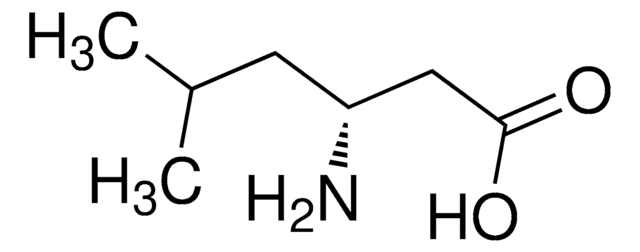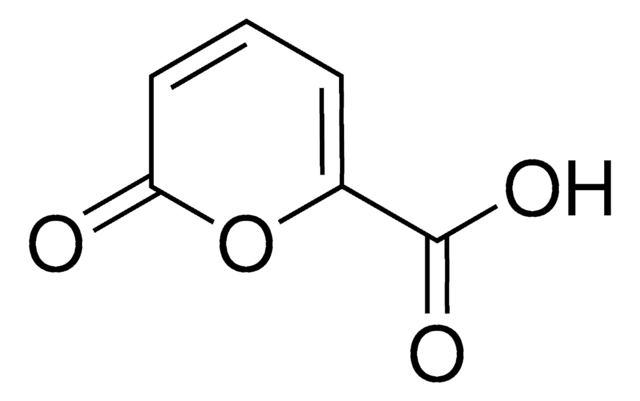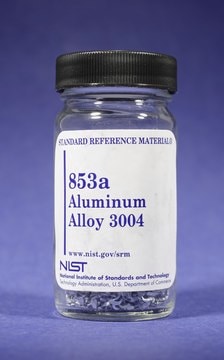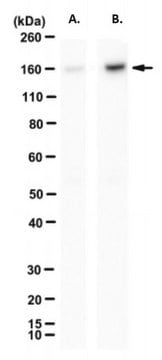MABF2781
Anti-LCMV Nucleoprotein Antibody, clone VL-4
Synonyme(s) :
LCMV Nucleocapsid Protein, Protein N
About This Item
Produits recommandés
Source biologique
rat
Niveau de qualité
Forme d'anticorps
purified antibody
Type de produit anticorps
primary antibodies
Clone
VL-4, monoclonal
Produit purifié par
using protein G
Espèces réactives
virus
Conditionnement
antibody small pack of 100 μL
Technique(s)
ELISA: suitable
activity assay: suitable
flow cytometry: suitable
immunohistochemistry: suitable
neutralization: suitable
Isotype
IgG2aκ
Numéro d'accès UniProt
Température de stockage
-10 to -25°C
Informations sur le gène
vaccinia virus ... N(956592)
Spécificité
Immunogène
Application
Evaluated by ELISA with recombinant LCMV nucleoprotein .
ELISA Analysis: A serial dilution of this antibody detected recombinant CLMV nucleoprotein.
Tested Applications
ELISA Analysis: A representative lot detected LCMV Nucleoprotein in ELISA application (Eschli, B., et al. (2007). J Virol. 81(21):11650-7).
Flow Cytometry Analysis: A representative lot detected LCMV Nucleoprotein in Flow Cytometry application (Herz, J., et al. (2015). J Exp Med. 212(8):1153-69).
Neutralizing: A representative lot detected LCMV Nucleoprotein in Neutralizing applications (Eschli, B., et al. (2007). J Virol. 81(21):11650-7).
Activity Assay: A representative lot detected Nucleoprotein in lymphocytic choriomeningitis virus (LCMV) (Data courtesy of the Division of Experimental Virology, Department of Biomedicine, University of Basel, Switzerland).
Immunohistochemistry Applications: A representative lot detected LCMV Nucleoprotein in Immunohistochemistry applications (Herz, J., et al. (2015). J Exp Med. 212(8):1153-69; Urata, S., et al. (2018). PLoS Pathog. 14(7):e1007172).
Note: Actual optimal working dilutions must be determined by end user as specimens, and experimental conditions may vary with the end user.
Description de la cible
Forme physique
Reconstitution
Stockage et stabilité
Autres remarques
Clause de non-responsabilité
Not finding the right product?
Try our Outil de sélection de produits.
Code de la classe de stockage
12 - Non Combustible Liquids
Classe de danger pour l'eau (WGK)
WGK 2
Point d'éclair (°F)
Not applicable
Point d'éclair (°C)
Not applicable
Certificats d'analyse (COA)
Recherchez un Certificats d'analyse (COA) en saisissant le numéro de lot du produit. Les numéros de lot figurent sur l'étiquette du produit après les mots "Lot" ou "Batch".
Déjà en possession de ce produit ?
Retrouvez la documentation relative aux produits que vous avez récemment achetés dans la Bibliothèque de documents.
Notre équipe de scientifiques dispose d'une expérience dans tous les secteurs de la recherche, notamment en sciences de la vie, science des matériaux, synthèse chimique, chromatographie, analyse et dans de nombreux autres domaines..
Contacter notre Service technique








